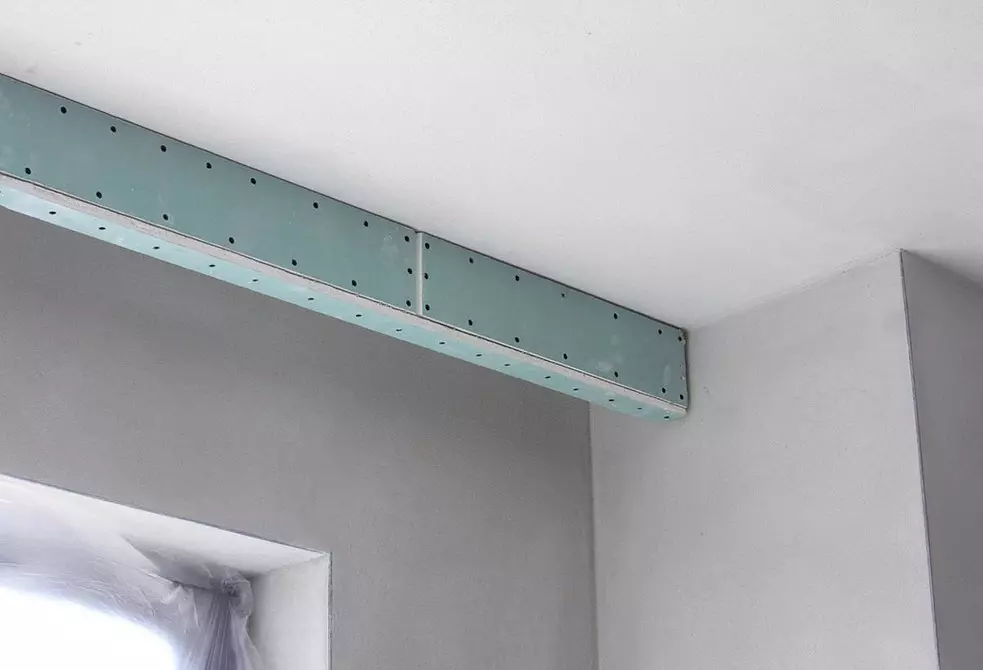Often, the aesthetics of the interior involves the absence of unnecessary details. But how, for example, to do without such important functional elements as curtain cornices?
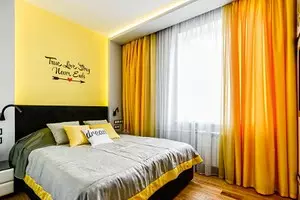
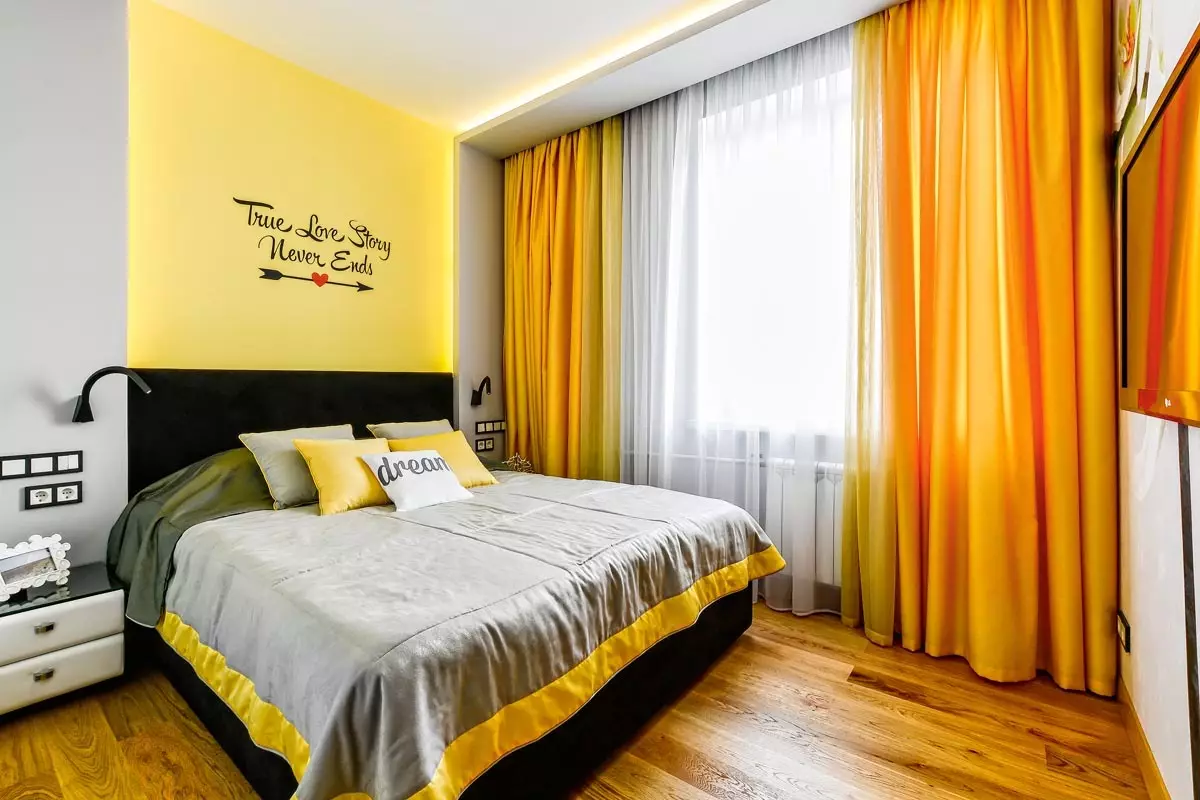
Photo: Sergey Kuznetsov. Designer Svetlana Yurkova
A rare window costs without curtains, as the fabric gives a sense of security from other people's views and adorns the interior. For the ability to manipulate woven canvases corresponds to a curtain carcisa of a particular design. The widest functionality in the cornice systems based on the aluminum profile (although there are simpler plastic and combined models). For a brief designation, they are called profile cornices.
You can place on them from one to five rows of cloths, install mechanical or remote control, order the form, taking into account the features of the window opening, the type of curtains, mounted the eaves both on the wall and the ceiling. Profiles can be increasing in length until any size. And the lack of decorativeness in such eaves, just implies hidden installation. How to implement it? Options Two: Hide them behind the ceiling eaves (plinth) or in a niche provided for the device of a mounted or stretch ceiling.
Ceiling plinth
One of the simple ways to hide the curtain eaves is to mount the ceiling of the stucco decor - the ceiling plinth. For this purpose, products made of foamed polyurethane, polystyrene foam or douropolymer are suitable. Being a type of foam, expanded foam is not solid, and the products from it are not famous for the wealth of decor. And if you need an intricate relief pattern, then the ceiling plinth should be searched among a wide range of products from foamed polyurethane and douropolymers.
But the gypsum stucco in such cases is not used, as it is heavy, and the installation will require reliable mortgage parts. The dimensions of the ceiling plinths are different: from narrow (25 × 25 mm), to wide (200 × 200 mm), the rowing length is 2 m. There are flexible options to create radius forms. To make a hidden curtain cornice, the height of the ceiling plinth should be calculated. At the same time, we proceed from the fact that the angular space, visible to a man's look up with the natural position of the head, is 55 °. We consider that the indentation of the front edge of the curtain carnis to the ceiling plinth should be about 20-40 mm for light curtains and 40-60 mm for heavy, so as not to make their movement and prevent the formation of the fabric chances.
It is possible to calculate the height of the plinth by the formula: a = b × Tg 55 ° + C or A = 1.4 V + C, where a is the height of the ceiling plinth, B - the distance from the middle of the first groove of the curtain carnis to the ceiling plinth, C - the height of the curtain Karnisa to Niza Runokkov. Thus, in the most "modest" embodiment of the profile with a cross section of 10 × 15 mm, we obtain: 1.4 (15/2 + 20) + 20 = 58.5 mm, and for a solid profile D 3400 under heavy curtains: a = 1.4 ( 17/2 + 40) + 50 = 118 mm. In the latter case, the question immediately arises: "Will there be a plinth of 120 mm high on the perimeter of the room?" This calculation helps to seek the optimal solution.
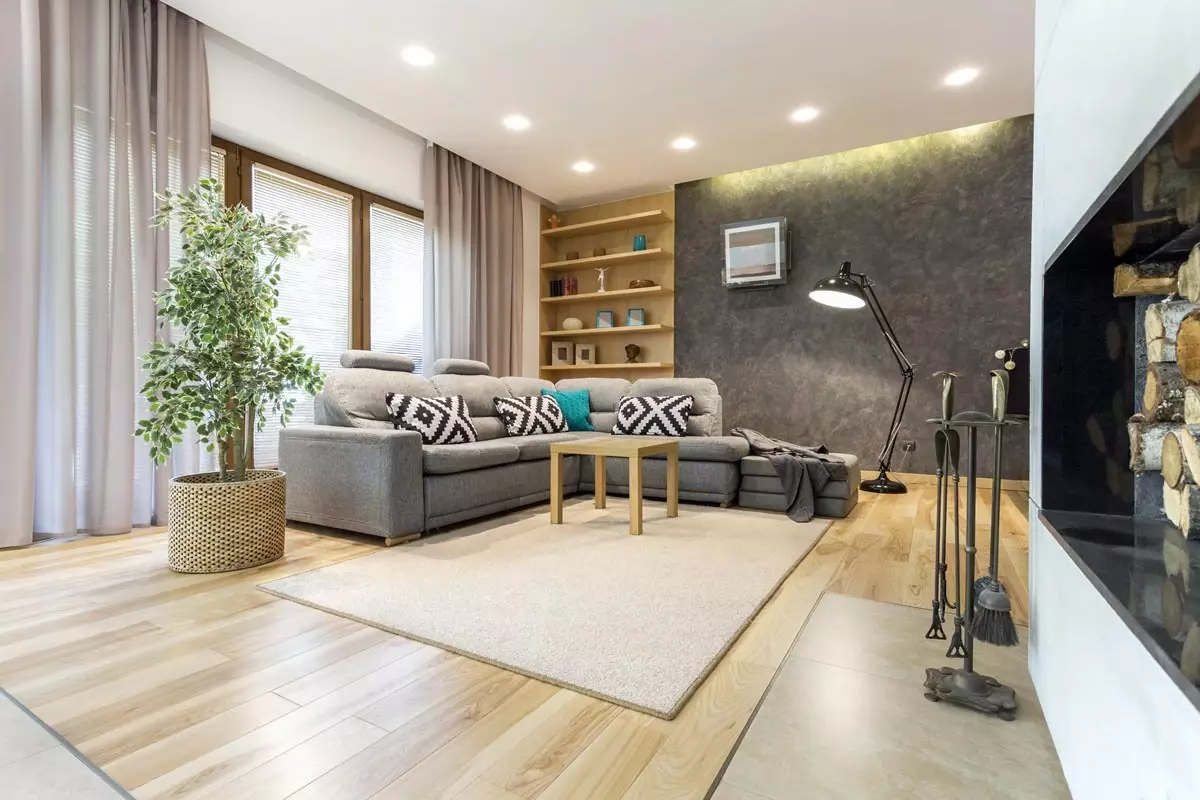
Plasterboard and stretch design will help not only disguise the cornice for curtains, but also to install point lamps. Photo: shutterstock / fotodom.ru
Base for fastening
Mounting technology provides that during the decor of the upper part of the walls, the plinth is attached to glue in two perpendicular planes: to the wall and ceiling. But in order to close them a curtain cornice, the ceiling is required to create a vertical base. In shape, it can be a direct base or a more complex P-shaped, cutting eaves also from the ends. In any embodiment, it is possible to use both sheet material (drywall, phanee) by mounting on connecting corners and an aluminum corner. The size of the transition of the latter is very different, there are, for example, a non-equal 150 x 40, 200 x 20 mm that allow you to attach even a high ceiling plinth at the minimum permissible distance to the curtain eaves.
It is recommended to use a dowel-tube to the concrete ceiling for the proportion of the concrete ceiling, which are a plastic sleeve with ribbon ribs and. When screwing the screw, the dowel-plug is deformed, creating a reliable fastening. Under them in the ceiling stove dried holes in increments of 0.9-1.2 m.
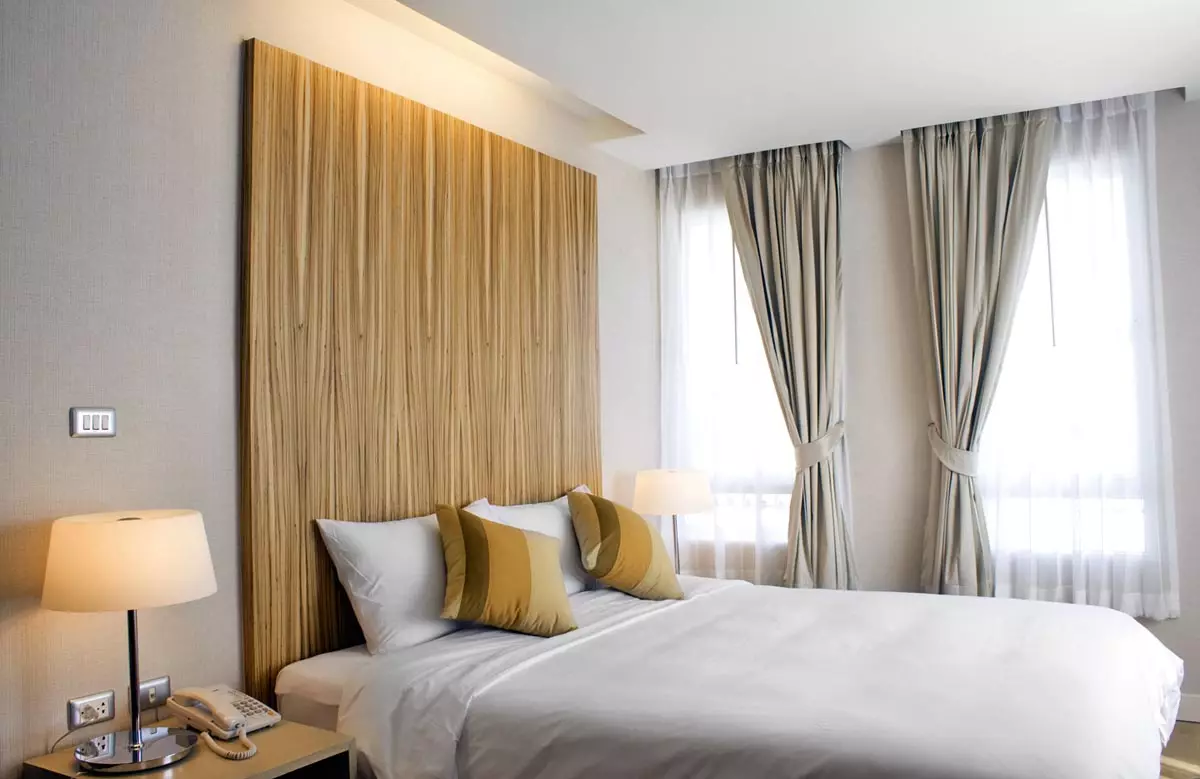
Arrange a niche above each window - a rather time-consuming task, however, an unusual solution will decorate the interior. Photo: shutterstock / fotodom.ru
Niche device
During repairs in residential premises, stretch ceilings made of elastic synthetic canvases or bugs from drywall on a metallic framework are often assembled. These ways make it possible to get a perfectly smooth surface and carry out a hidden wiring. And if the designs do not bring to the wall with the window opening, then you can equip the niche window to place the cornice. If serious repairs are not planned, the choice is one - stretch ceiling, it takes only 5-7 cm of height.
Its installation by the forces of a specialized brigade takes several hours, not accompanied by dirty processes, and the furniture does not have to take out of the room. The edge of the ceiling, asking the border of the niche, is made from a special bagent profile, which is fixed to a wooden bruster. The profile's grooves the elastic stretch canvas (the so-called cartoon and cam methods are used). Curtain cornice hidden in niche is attached to the ceiling. Niche along the window at the device of the mounted ceiling of plasterboard is a time-consuming solution that is implemented at the repair stage. While developing a design project in accordance with the tasks and style, the ceiling shape is specified. It can be both smooth and multi-level, complex configuration.
In any case, the ceiling allows you to leave a niche under a curtain cornice depth of 7-10 cm. Calculations, markup, cutting, installation for special suspensions and profiles, shtocking of seams and painting - in brief all the processes necessary for the device of such a ceiling. The dimensions of the niche can be determined by the formula described above, but usually proceed from the permissible decrease in the height of the ceiling and the size and type of the cornese profile, suitable for the planned type of fabric, are chosen from the niche depth. It is also important to consider the protruding windowsills and radiators to correctly calculate the width of the niche for a beautiful drapery of the curtains.
Today, the eaves hide in most cases. Why? If you carefully look at the modern interior, we will see that it is based on the rules "hide everything is superfluous." Most customers have already imbued with the appeal of architects not to saturate the finished objects with random things, and if somewhere come across small elements, do not doubt - they are chosen and. Constructed. In the interior by the author of the project. Everything else goes to hidden shelves. And this is understandable: life is oversaturated with impressions and events, and in the evenings I want to return to the house where there are no annoying details. Eaves - the thing is noticeable and in modern style is often superfluous, it can be hidden. But the interiors with the replicas of historical styles or in the spirit of the 1960s., Just the opposite, wall eaves are easily accepted. The only question is that their appearance is not always, but rather, rarely satisfies the architect: we encounter a lot of chainlessness and outdated design models. Therefore, it is necessary to either seriously delve into search of a suitable option, or make the eaves invisible.
Gleb Polonsky
Architect, Architectural Bureau Face-Home
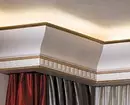
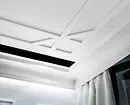
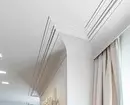
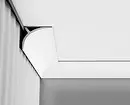
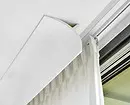
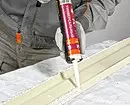
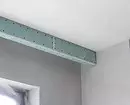
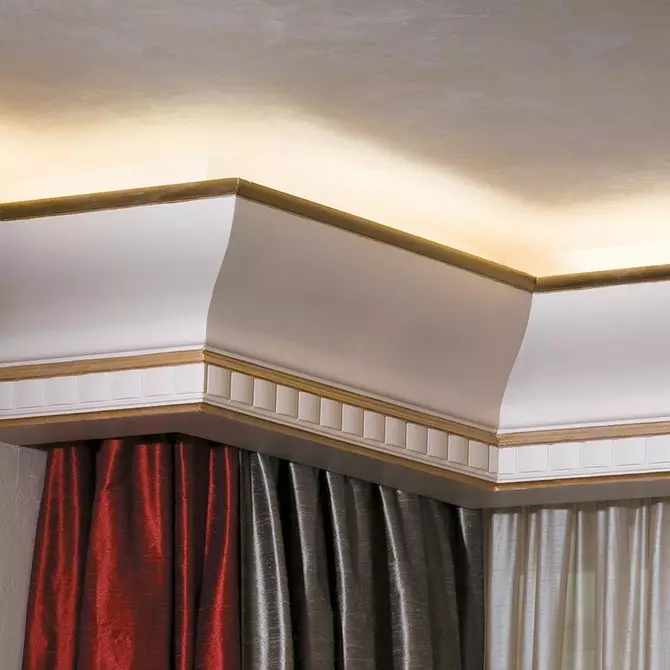
The choice of size and shape of the cross section of polymer ceiling plinths is extremely wide. With this decor, it is not difficult to hide the curtain cornice and at the same time gracefully check out the transition from the wall to the ceiling. Wide stucco plinth will allow you to install the hidden backlight and emphasizes the form of the room, focusing the corners and the movements. Photo: "Europlast"
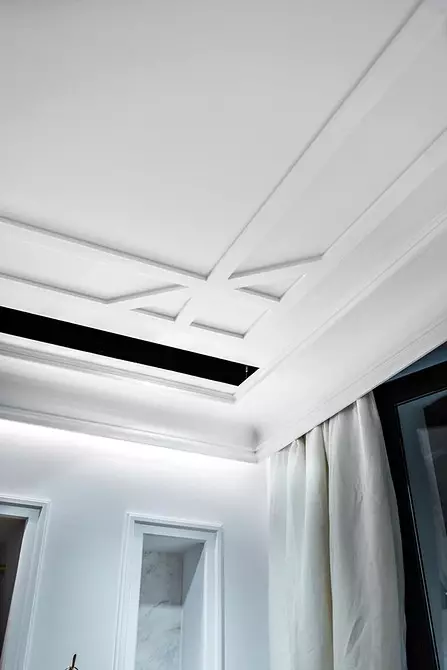
Photo: Orac Decor
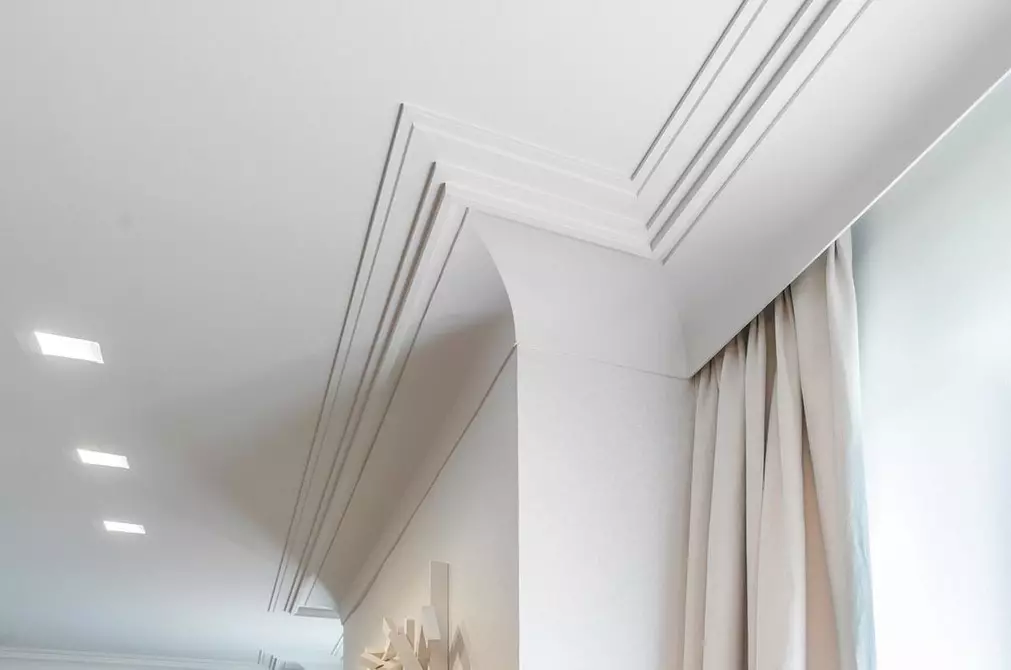
Photo: Orac Decor
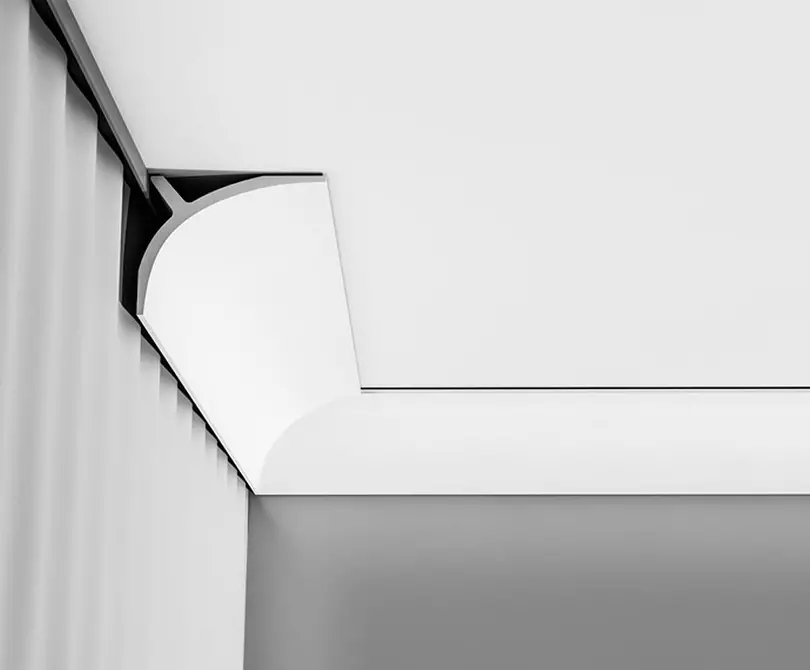
Photo: Orac Decor
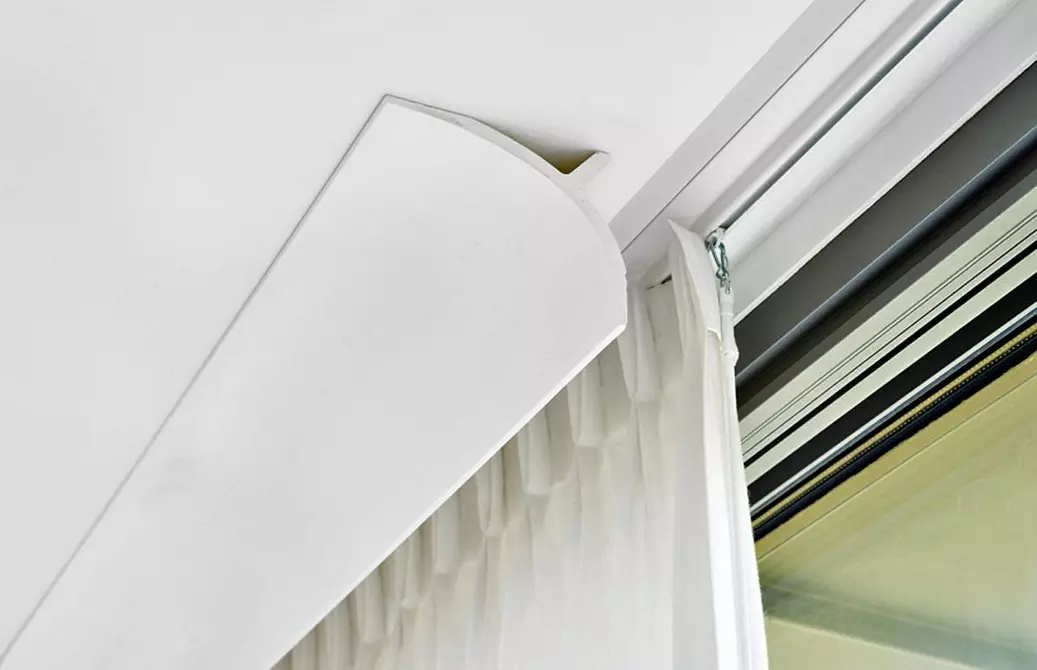
Photo: Orac Decor
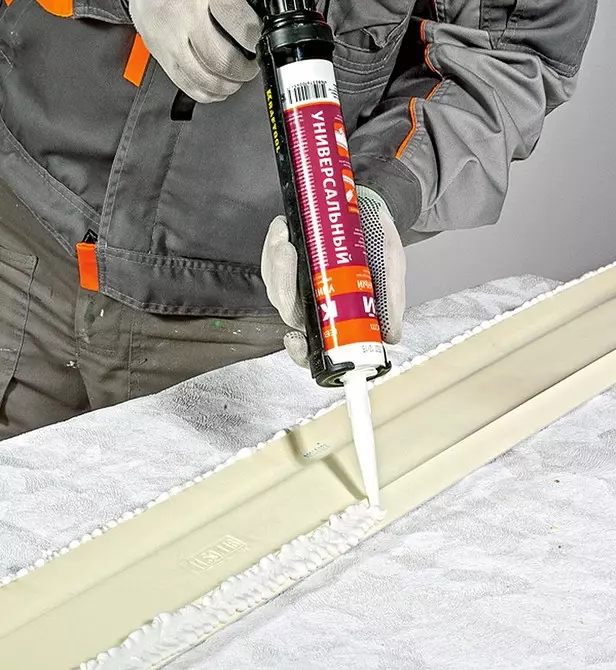
The stucco of polyurethane foam is glued with special glue. Often, metal fasteners are used for additional fixation.
